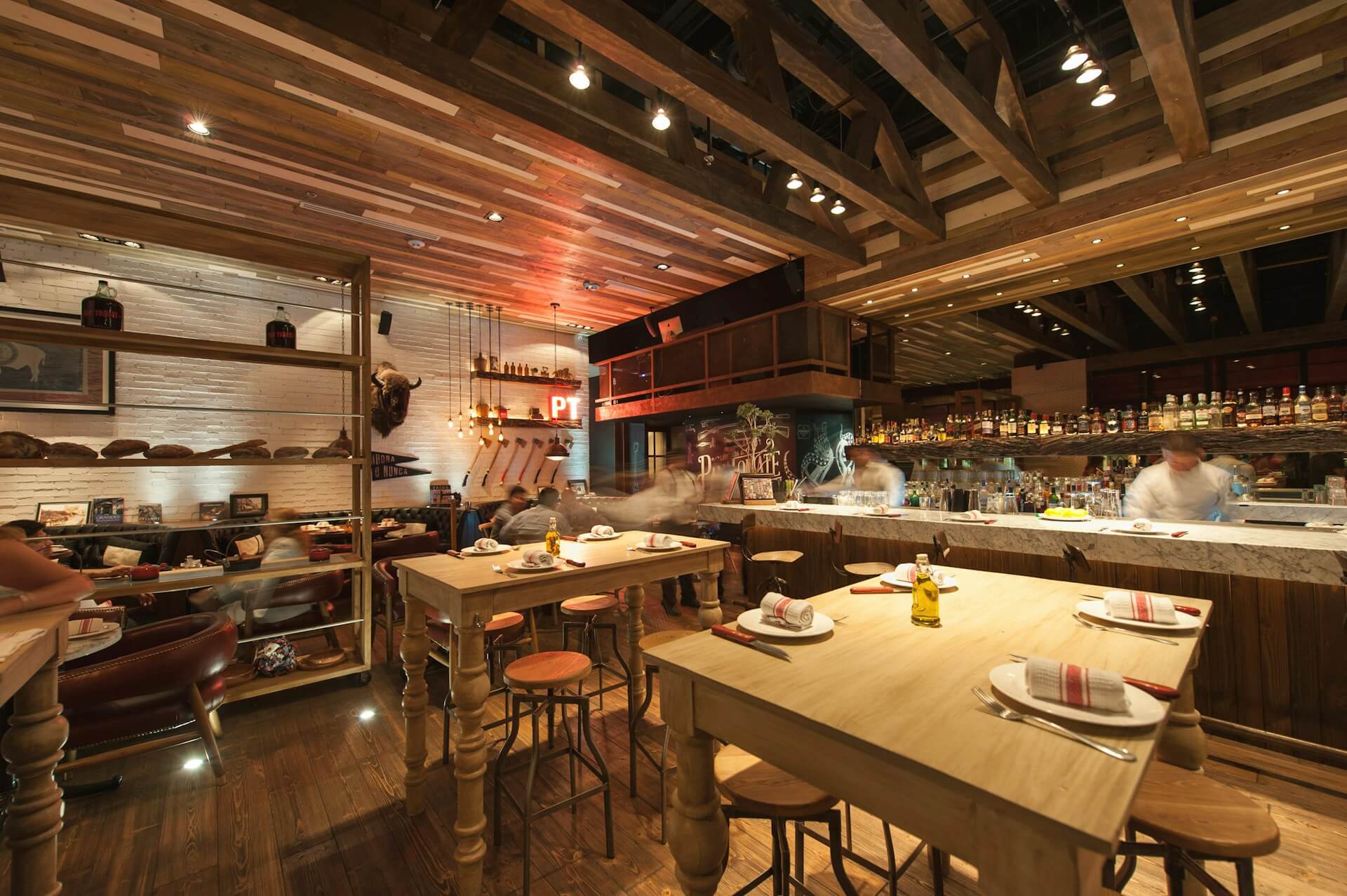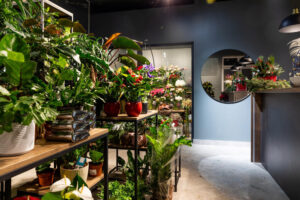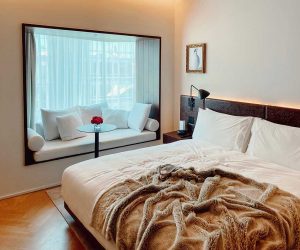Food adventurers and enthusiasts know how important the restaurant’s interior design is when it comes to enjoying the dining experience. The interior design isn’t the first thing you’ll focus on upon your stay in the restaurant, but the food and how they are presented.
But, will you even have the appetite to finish what’s served to you if you find your dining environment uninviting? So, let’s ask the experts: how do you design your restaurant so it drives experience and efficiency? This, plus more surprises. Read on.
The Importance of Experience and Efficiency When Designing Restaurants
Driving Experience
To drive experience with your restaurant is beyond just how you present your food and how you ensure it tastes perfectly well. Aside from making sure customers will easily find your space, that there is parking availability, and you suggest a lasting first impression, your restaurant design also heavily influences customer perception, potentially impacting the likelihood of them visiting your restaurant over and over again. A positive dining experience is a key differentiator in a competitive market. Your restaurant doesn’t need to be Michelin-starred to stand out.
This is where the guidance of design experts for hospitality spaces becomes invaluable. These professionals bring more than just aesthetic sensibility — they understand the delicate balance between ambiance, spatial flow, and the psychology of guest experience.
From selecting materials that convey a brand’s identity to configuring layouts that promote comfort and efficiency, their expertise ensures that every element serves a purpose.
Whether it’s a boutique hotel lobby that invites lingering or a poolside lounge that feels effortlessly indulgent, design experts know how to orchestrate spaces that resonate emotionally while meeting functional demands. In essence, they turn spaces into stories guests remember.
Driving Efficiency
Efficiency is all about practicality. Efficient design is vital for optimizing your operations, enhancing the overall customer experience, and thereby maximizing revenue.
With a well-designed restaurant, you can strike the balance between functionality and aesthetics, ensuring the smoothest workflow, efficient utilization of space, and a positive dining and serving experience for both the patrons and the staff.
So, how do you ensure these are met?
Tips to Design Restaurants That Drive Experience and Efficiency
1. The First Impression Starts Before the Reception
Just like catching the attention of your readers when writing the intro paragraph, the first impression begins before the guests are seated. So, even if you have a magical design indoors, if the face of your restaurant is average, you wouldn’t be able to attract customers.

2. Flow is Everything
If your restaurant’s theme is antique and vintage, why would you suddenly have a modern-looking lighting fixture? Spaces must flow according to the theme of your space, from the front-of-house, through the back-of-house, until the restrooms.
3. Strategize With Seating
You won’t always have enough money to invest in a lot to build a big restaurant, but this shouldn’t hinder you from maximizing your space so you can accommodate more guests even with tinier surroundings. The trick is to balance density with comfort.
4. Designing With Open Kitchens? Show, Don’t Tell
Designing restaurants with open kitchens is a very popular concept today. Open kitchens continue to trend, and when done well, they become the visual heartbeat of the space. The key with open kitchens is managing sound, smoke, and sightlines. Now, you are presenting, so be sure that when showing your open kitchen, guests should see a spectacle, not clutter.
5. Lighting Is More Than the Mood
You are not designing lighting for a hotel, but for a restaurant. So, when it comes to lighting, invest in layered lighting, as well as ambient light to ensure overall visibility, task lighting to support functionality, and accent lighting to highlight architectural features or artwork. Or, implement adjustable lighting to help shift the atmosphere from daytime brunch to moody dinner moments.

6. Don’t Forget Bathroom Design
Simply put, bathrooms should feel like an extension of the brand experience, not an afterthought. Bonus points for surprising details like curated artwork, soft music, or custom tilework.
7. Design for Efficiency: The BTS Matters
No restaurant design will ever be complete without focusing on the back-of-house, too, just as you would exert your effort designing the front-of-house and the main dining area.
Prep stations, cold and dry storage, and dishwashing zones all need to be placed with proximity and efficiency in mind. You need to think of your staff, too.
8. Keep Growth and Flexibility in Mind
Lastly, ensure a flexible design. Flexibility is fast becoming the hallmark of smart restaurant design. Moveable furniture, convertible zones, and multi-use spaces can help future-proof your layout.
Today’s Most Beautifully Designed Restaurants
Before ending this discussion, take a look at today’s most beautifully designed restaurants:
- Albany, New York’s Capital City Diner and how it elevates simple food and easy company with a mod-inspired design
- Part-Japanese restaurant 888 and the signature warmth and eccentricity in its design
- The design of Lola’s restaurant passed from generation to generation
- Polish restaurant Va Bene Cicchetti’s is designed interestingly inspired by Venice, Italy
- The Entre Nous wine bar in Brooklyn bringing in French flair in its design
Before the Last Bite
Designing a restaurant layout is a delicate dance between beauty and utility, emotion and logic. It’s about crafting a space that moves—literally and emotionally. One that welcomes, guides, serves, and delights at every turn.
So, next time you walk into a restaurant and everything just works, take a moment to appreciate the invisible architecture behind it all. Because beyond the dining table lies a world of thoughtful decisions—and when done right, they create something truly unforgettable.






